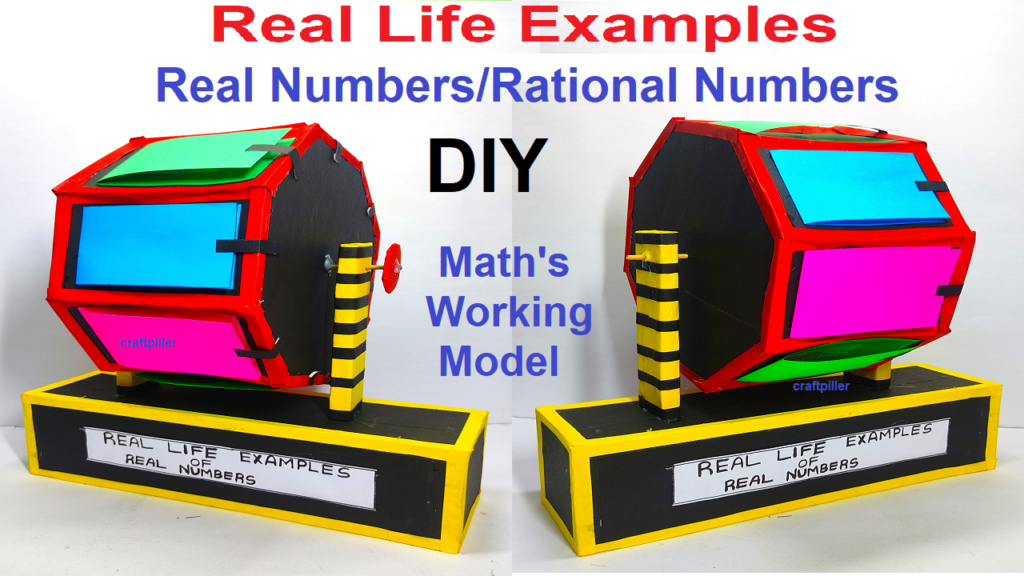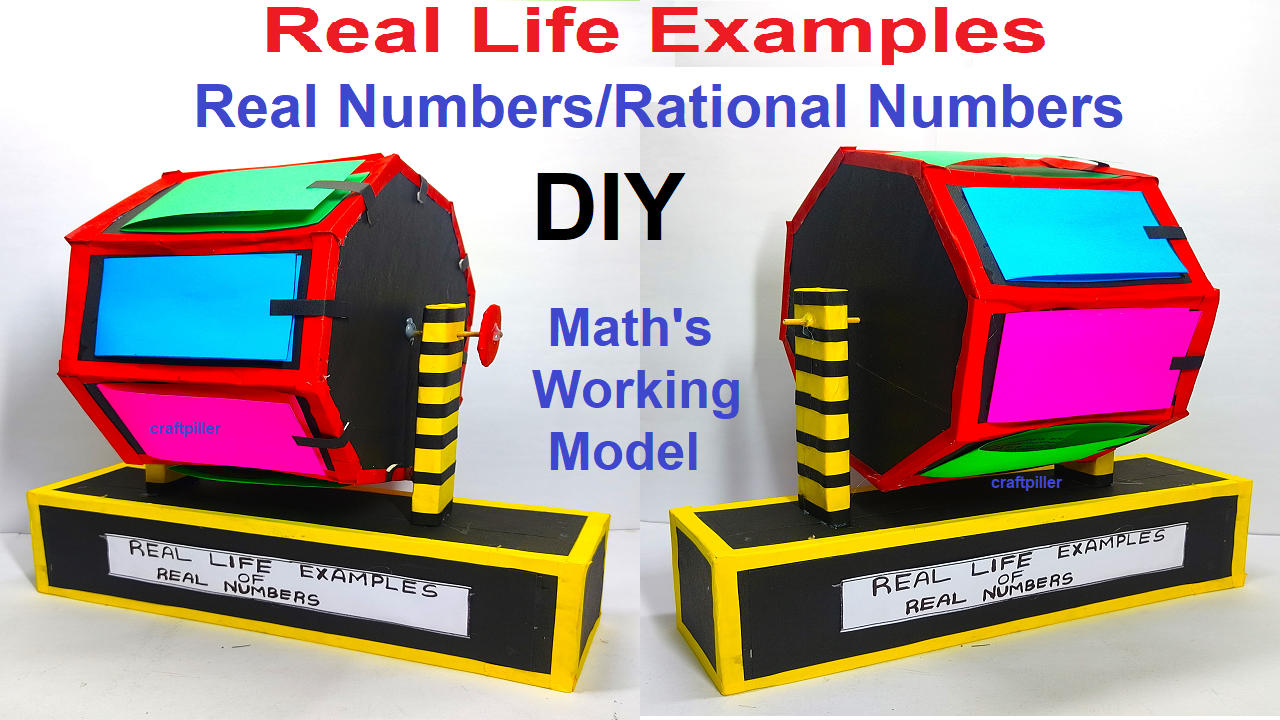Real and rational numbers have numerous practical applications in various fields. Here are some real-life examples:

- Measurement and Quantities:
- Length, area, volume, weight, and temperature are all represented by real numbers. For instance, the height of a building, the size of a plot of land, or the volume of a container.
- Finance and Economics:
- Rational numbers are used in various financial calculations such as interest rates, loan terms, and investment returns. For example, calculating compound interest or determining the price-to-earnings ratio of a stock.
- Cooking and Recipes:
- Recipes often call for measurements in fractions, which are rational numbers. For example, a recipe might call for 1/2 cup of flour.
- Construction and Engineering:
- In construction, measurements such as lengths, angles, and areas are crucial. Rational numbers are used extensively in blueprints, calculations for material quantities, and determining load-bearing capacities.
- Medicine and Health Sciences:
- Dosages of medications, blood pressure readings, and temperature measurements are all represented by real numbers. For instance, a prescription might specify taking 2.5 milligrams of a certain medication.
- Statistics and Probability:
- In statistics, real numbers are used to represent data, calculate means, medians, and variances. Rational numbers are used in probability calculations. For example, in a 50% chance of rain, the probability is represented as 0.5, which is a rational number.
- Sports and Fitness:
- Athletes’ performance metrics, such as running times, distances, and weights lifted, are all represented by real numbers.
- Geometry and Architecture:
- Lengths, areas, and volumes of various geometric shapes are represented using real numbers. For instance, the dimensions of a room or the area of a garden.
- Electronics and Engineering:
- In electrical engineering, measurements like resistance, current, voltage, and power are all represented by real numbers.
- Geography and Navigation:
- Coordinates of locations on Earth are represented using real numbers. For example, the latitude and longitude of a city.
- Timekeeping:
- Time is often represented in decimal or fractional form, making it a rational number. For example, 2.5 hours represents 2 hours and 30 minutes.
- Transportation:
- Distances traveled, speeds, and fuel consumption are all represented by real numbers. For example, a car might travel at a speed of 60 miles per hour.
- Art and Design:
- Dimensions, proportions, and ratios in art and design are all represented using real numbers. For example, in graphic design, dimensions of images are specified using rational numbers.
Real life examples of real/rational numbers – math’s working model
Creating a working model using color paper and cardboard to illustrate real-life applications of real and rational numbers is a creative and educational project. Here are some ideas for specific models:
- Recipe Scaling Model:
- Create a cardboard kitchen scene with cutouts of ingredients (represented by color paper) and a recipe card. Use real and rational numbers to scale the recipe up or down.
- Architectural Blueprint Model:
- Design a small cardboard house with labeled dimensions (in feet and inches). Use color paper for walls, roof, and details. Show how real and rational numbers are used in architecture.
- Gardening Plot Model:
- Build a miniature garden plot with different plants represented by color paper. Label each with their spacing requirements (in inches or centimeters) to show how real numbers are used in gardening.
- Construction Site Model:
- Create a construction site scene with workers, tools, and building materials. Use color paper to represent measurements for different elements (e.g., beams, bricks, pipes).
- Temperature Conversion Model:
- Craft a thermometer out of cardboard and color paper. Use it to demonstrate how real numbers (in Fahrenheit and Celsius) are converted.
- Nutrition Facts Model:
- Create a cardboard food product with a nutrition label. Use color paper to represent different nutrients (in grams, milligrams, etc.) to illustrate real and rational numbers in nutrition.
- Gym Workout Model:
- Design a miniature gym scene with weights, exercise equipment, and workout routines. Label the weights with their masses (in pounds or kilograms) to show how real numbers are used in fitness.
- Map and Scale Model:
- Craft a small town map with roads, buildings, and landmarks using color paper. Use a scale to demonstrate how distances on the map correspond to real-world distances.
- Budgeting and Expenses Model:
- Create a mini wallet or cash register with color paper money (bills and coins). Use it to illustrate budgeting and managing expenses using real numbers.
- Time and Schedule Model:
- Design a clock face using color paper and cardboard. Use movable hands to show different times, demonstrating real numbers in timekeeping.

